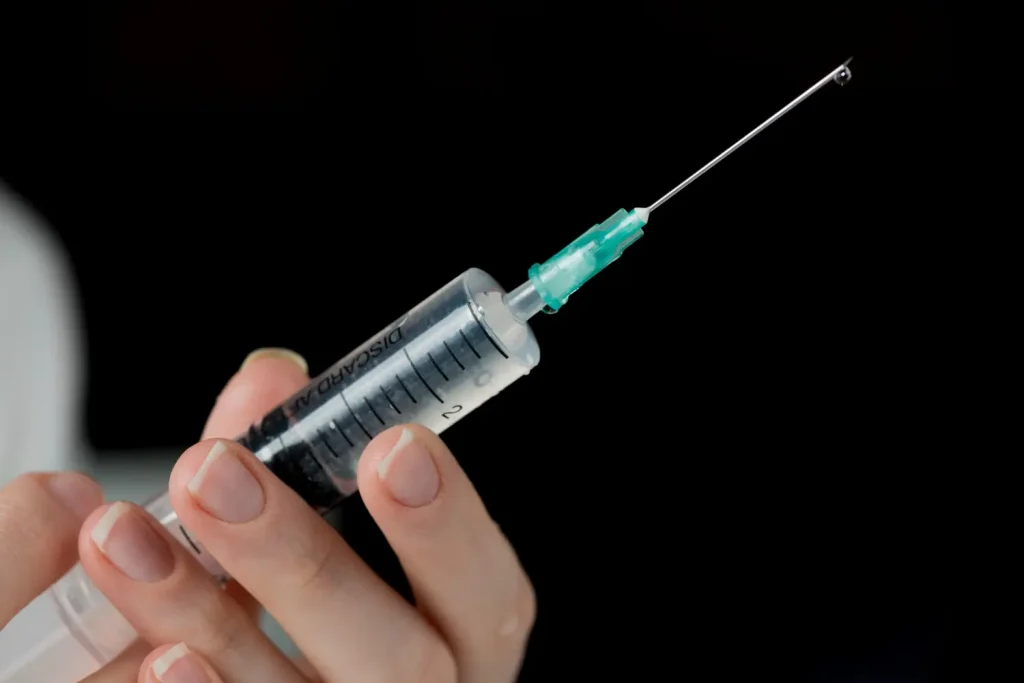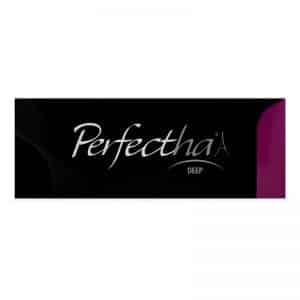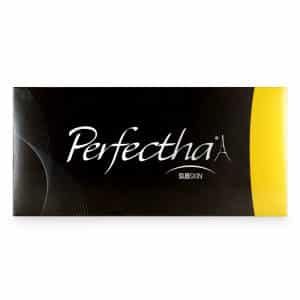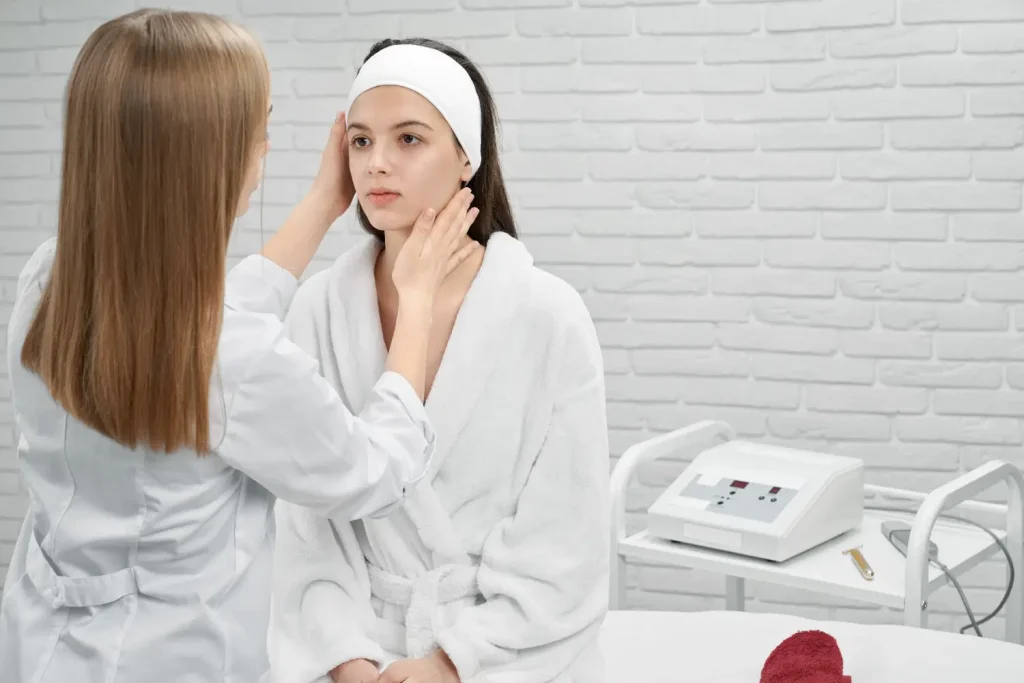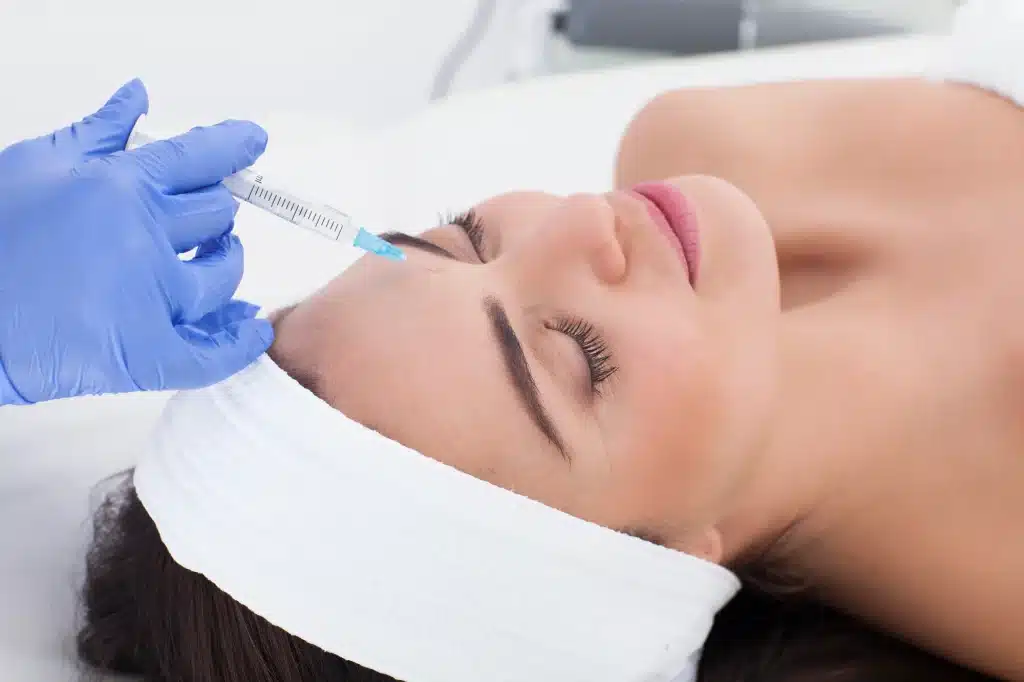A study published in Plastic and Reconstructive Surgery confirmed that dermal fillers do more than just restore volume and smooth wrinkles—they also provide a subtle lifting effect. Using advanced 3D imaging technology, researchers found that injections in key facial areas, such as the forehead and midface, resulted in both volumizing and lifting benefits.
Among the most widely used hyaluronic acid (HA) fillers, Perfectha and Juvederm stand out for their unique formulations and versatility. Both fillers effectively treat wrinkles, volume loss, and lip enhancement, but each offers distinct advantages based on specific aesthetic needs.
In this article, we’ll compare Perfectha and Juvederm, exploring their formulations, clinical applications, safety profiles, and patient outcomes to help you determine which filler best suits your goals.
Key Takeaways
- Perfectha and Juvederm are hyaluronic acid-based dermal fillers engineered with unique cross-linking systems for distinct performance.
- Each filler offers specific benefits in consistency, application technique, and integration with natural tissue for varying aesthetic goals.
- Different formulations lead to varied longevity, with each product tailored to address subtle to pronounced facial volume loss.
- Clinical applications differ, as each filler is optimized for areas such as lips, nasolabial folds, and cheeks.
- Patient satisfaction varies based on individual anatomy and desired results, underscoring the need for personalized treatment.
About: Medical Spa RX provides medical practices with premium products at the best prices. If you’re looking to buy Perfectha online for your practice, the sales representatives at Medical Spa RX can give you guidance.
Formulation Differences Between Perfectha and Juvederm
When comparing Perfectha and Juvederm, understanding their unique formulations is key to selecting the right filler for specific treatment goals.
Perfectha uses E-BRID technology, enhancing hyaluronic acid chain stability without over-crosslinking. This creates a firmer gel with higher viscosity, offering structured support and immediate volumization for deeper injection sites.
In contrast, Juvederm employs Vycross technology, combining low- and high-molecular-weight hyaluronic acid to form a smoother, more flexible gel that integrates seamlessly with tissue. Its lower viscosity allows easier molding, making it ideal for delicate areas like lips and fine wrinkles.
These formulation differences directly impact injection techniques, treatment longevity, and the natural appearance of results, helping practitioners tailor treatments for optimal patient outcomes.
Clinical Applications: Perfectha vs. Juvederm
Both Perfectha and Juvederm are versatile dermal fillers with specific clinical applications tailored to different facial areas and concerns. Here’s a breakdown:
Perfectha
- Lip Augmentation: Enhances lip volume and shape.
- Nasolabial Fold Correction: Reduces deep lines around the mouth.
- Cheek Contouring: Adds volume and defines cheekbones.
- Fine Lines and Wrinkles: Smoothens superficial lines.
- Scar Revision: Improves the appearance of scars.
Juvederm
- Lip Enhancement: Provides fuller, smoother lips.
- Nasolabial Folds and Marionette Lines: Softens deep wrinkles.
- Cheek Volumization: Restores lost volume and contours cheeks.
- Under-Eye Hollows: Fills tear troughs for a refreshed look.
- Chin and Jawline Definition: Enhances lower face structure.
Patient Satisfaction and Preference Trends
Patient satisfaction with Perfectha and Juvederm varies based on treatment goals and preferences. Perfectha filler reviews often show patients choose it for its structured support and volumizing effects.
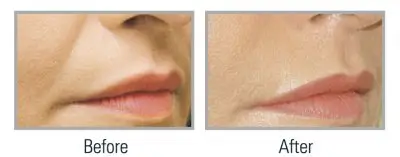
Meanwhile, Juvederm’s smooth consistency allows for natural integration in delicate areas as shown in the before-and-after comparison below.
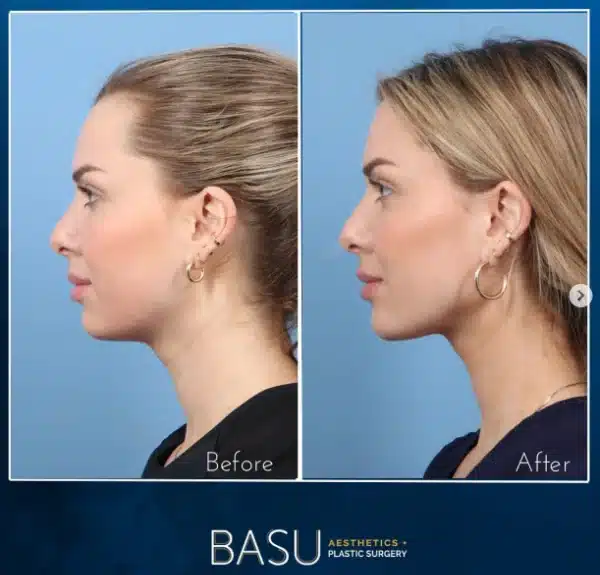
Safety Profiles and Side Effects
Perfectha’s cohesive gel texture helps minimize the risk of migration, ensuring the filler stays where it is placed. Common side effects include temporary swelling, redness, and bruising at the injection site, which typically subside within a few days. While rare, complications such as infection or vascular occlusion can occur if injected improperly.
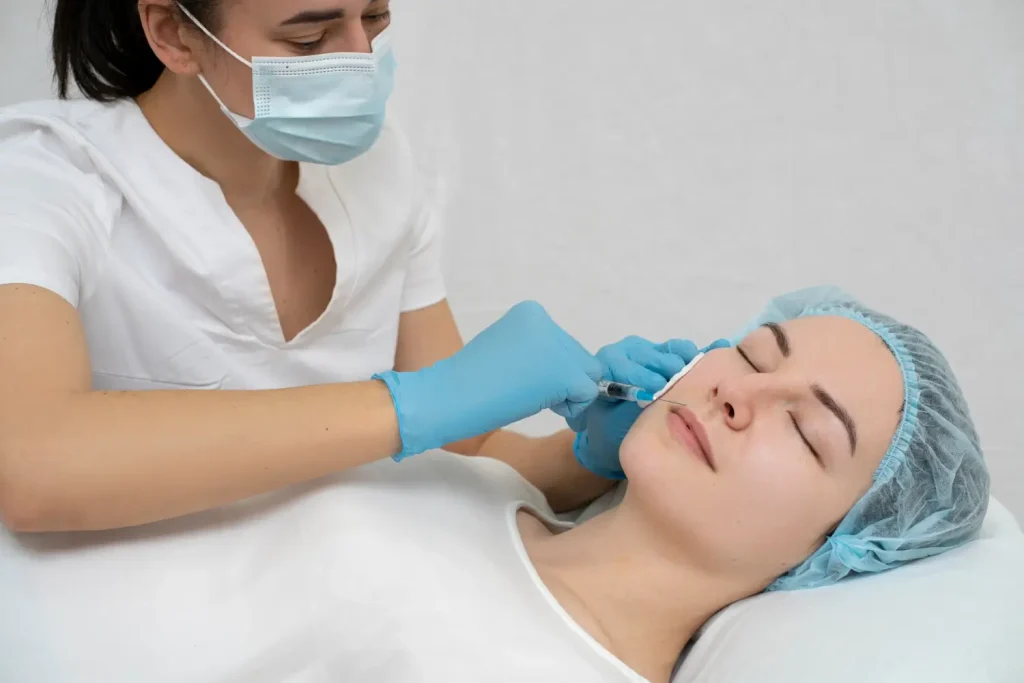
Juvederm also has a proven track record of safety, with the added benefit of lidocaine to enhance patient comfort during treatment. Its side effects mirror those of Perfectha, including swelling, redness, and bruising. However, in extremely rare cases, improper injection into a blood vessel can lead to serious complications like vision impairment, stroke, or skin necrosis.
Management and Prevention Strategies
Proper management and prevention strategies are essential for ensuring safe and effective outcomes with Perfectha and Juvederm. By following best practices, clinicians can minimize risks, enhance patient satisfaction, and optimize results.
- Pre-Treatment Assessment: Conduct a thorough patient consultation, reviewing medical history and treatment goals to minimize risks.
- Proper Injection Techniques: Follow manufacturer guidelines, use precise anatomical landmarks, and consider ultrasound for vascular safety.
- Post-Treatment Care: Advise patients to use cold compresses, avoid strenuous activity, and follow aftercare instructions to reduce swelling and bruising.
- Managing Adverse Events: Address complications early with hyaluronidase for quick resolution of unwanted filler placement or vascular issues.
- Ongoing Training: Ensure practitioners stay updated on the latest techniques and safety protocols for enhanced treatment outcomes.
By implementing these strategies, both practitioners and patients can achieve safer, more predictable, and satisfying results with dermal fillers.
Conclusion
Both Perfectha and Juvederm offer distinct advantages as hyaluronic acid fillers, making them valuable tools for facial rejuvenation and contouring. Perfectha’s E-BRID technology delivers structured support for deeper contours, while Juvederm’s Vycross formulation allows for seamless integration in delicate areas.
The best choice depends on individual treatment goals, facial anatomy, and the expertise of the injector. By taking a personalized approach, practitioners can achieve natural, balanced results that enhance patient satisfaction and long-term aesthetic outcomes.
FAQs
1. What is Perfectha?
Perfectha is a hyaluronic acid dermal filler developed with E-BRID technology, designed to restore volume and smooth facial wrinkles while integrating naturally with tissue.
2. How long do results last?
Results vary by treatment area, but Perfectha typically offers moderate durability, with effects lasting several months before gradual resorption.
3. Who is an ideal candidate?
Candidates seeking facial rejuvenation, especially for deeper folds or volume loss, may benefit from Perfectha. A thorough consultation is essential for optimal treatment planning.
4. How does it compare to other fillers?
Compared to other hyaluronic acid fillers, Perfectha’s unique cross-linking system may offer more robust support in targeted areas, making it a viable option for those needing a firmer lift.
References
Haidar R, Freytag DL MD, Frank K, et al. Quantitative analysis of the lifting effect of Facial Soft-Tissue Filler Injections. Plastic & Reconstructive Surgery. 2021;147(5):765e-776e. doi:10.1097/prs.0000000000007857
Park KY, Kim HK, Kim BJ. Comparative study of hyaluronic acid fillers by in vitro and in vivo testing. Journal of the European Academy of Dermatology and Venereology. 2013;28(5):565-568. doi:10.1111/jdv.12135
Pinsky M, Thomas J, Murphy D, Walker P. Juvéderm injectable gel: A multicenter, double-blind, randomized study of safety and effectiveness. Aesthetic Surgery Journal. 2008;28(1):17-23. doi:10.1016/j.asj.2007.09.005
